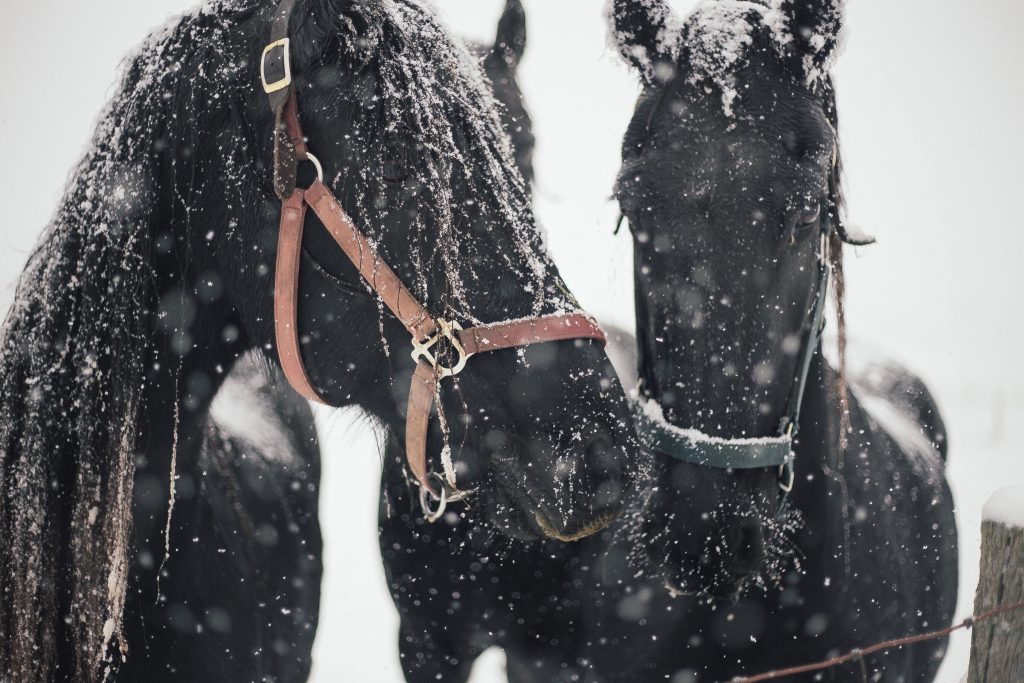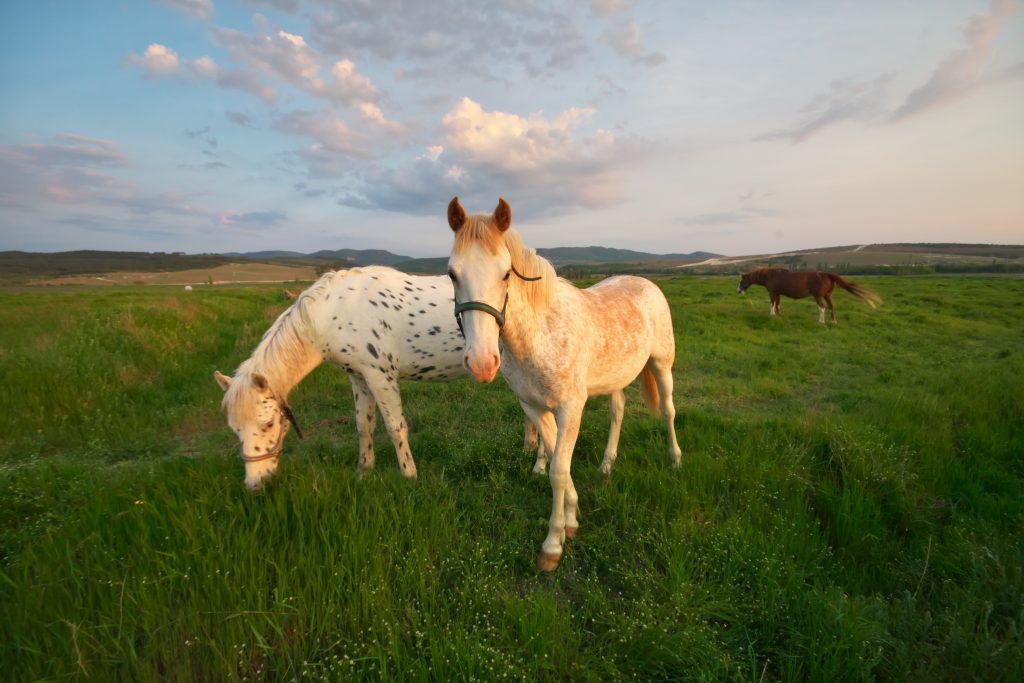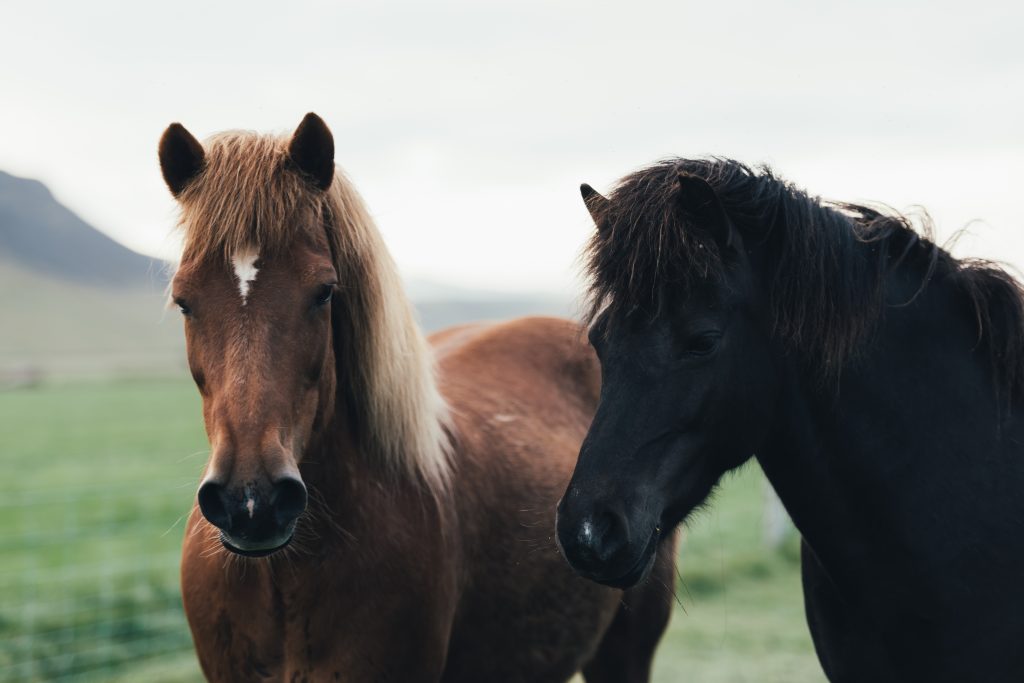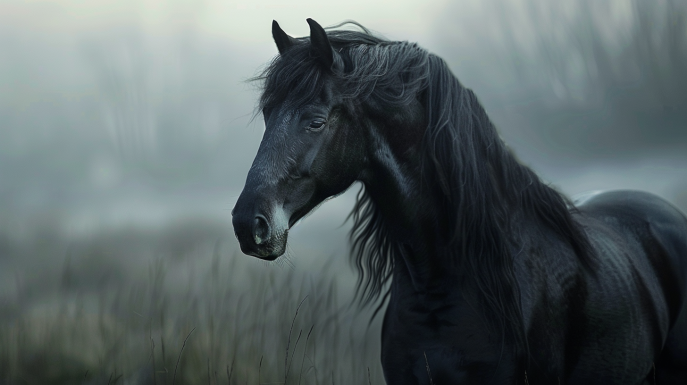Friesian horses are renowned for their beauty and versatility, excelling in dressage, trail riding, and carriage driving. Their graceful movements, jet-black coat, and distinctive long mane and tail contribute to their beauty, while their strength and temperament make them suitable for both performance and leisure activities. However, how much do they cost? Friesians are more expensive than other horse breeds due to their rarity, pedigree, and training. The Friesian horse price can vary widely depending on age, training, and lineage.
Starting the journey of owning a Friesian horse often involves excitement and financial commitment. When I first considered purchasing a Friesian horse, I was immediately captivated by the breed’s elegance and gentle temperament. I quickly realized that pricing varied widely based on factors such as age, training, and bloodline. Budgeting became crucial as I weighed the financial commitment against the joy and fulfillment of owning such a remarkable breed. This article will discuss the Friesian horse price and the various factors influencing the cost of acquiring a Friesian horse.
So, how much does a Friesian horse cost? Let’s jump right in to explore the price of owning a Friesian.
The Purchase Price of a Friesian Horse
A purebred, pedigreed Friesian horse inspected and approved by FHANA or Friesian Horse Association North America with a special designation may range from $19,900 to $47,900.
However, Friesian horse prices vary significantly based on age, training, and lineage. Friesian horses that are either older, younger or have no special studbook designation may cost less. For example, a well-trained mare in mid-life can be purchased for as low as $3,000, senior mares may cost around $5,000, and a three-year-old gelding is estimated to be worth approximately $6,000.
Factors Affecting the Friesian Horse Cost
As mentioned above, the cost of a Friesian horse varies depending on various factors. Here’s a list of what influences the price of the dreamy Friesians.
1. Type of Friesian
Friesian purebred horses are categorized into two main types: the sport and baroque. Baroque horses are the workhorses closest to the original Friesian warhorses. They have a robust build with shorter legs and a thicker appearance. At the same time, the sport horse type is finer-boned, leaner, taller, and more athletic, so they particularly excel in dressage and are famously used for leisure riding.
However, according to some Friesian breeders, a newly emerging type called “modern Friesian” is lighter, leaner, faster, graceful, and a bit popular for racing and drawing carriages. Modern and sport horses are often priced higher than classical baroque horses.
2. Special designation
Friesian horses that have earned a special studbook designation are typically more costly.
3. Breed Registration
Horses registered at the Friesian Horse Association of North America (FHANA) and Netherlands Friesch Paarden Stamboek(FPS), which have strict standards, often cost more.

4. Breed rarity
Friesian horses are among the rarest horse breeds worldwide, making them unique and desirable. There are only 37,000 Friesians worldwide. 8,000 are in the USA. So, when buying a Friesian, check the papers to see if the horse you plan to purchase is a true purebred Friesian.
5. Temperament
Horses have three primary designations related to their character: cold-blooded, warm-blooded, and hot-blooded. Cold-blooded horses, like most draft horse breeds, have a calm personality. In contrast, warm-blooded horses, including Friesians, combine hot-blooded and cold-blooded and are known for their people-centric and athletic temperament.
Quick fact: their temperament is also a factor that influences the cost.
6. Training
Trained horses of any age often cost more than an untrained equine.
7. Gender
Stallions are usually more pricey than mares and geldings, as they hold a special place within the breed for most Friesian breeders and enthusiasts.
9. Color
The horse’s color can also influence its price because it’s something potential buyers look out for. Purebred Friesian horses are black, while some have white patches on their forehead. Due to sun exposure and sweat, others may turn dark brown or lighter shades of black.
Heritage Friesian horses also possess chestnut, red, or other coat colors known as “Fire Friesians.” However, they may have a hybrid percentage, so they are not qualified to be registered in the official breed studbook, and they are cheaper than true Friesians.
10. Size
Friesians of any gender that meet the standard size set by FPS are often more expensive. A Friesian stallion’s standard height is 15.3 hands or 1.60 meters by its first birthday, while a mare must be 14.3 hands high or 1.5 meters. The breed’s ideal size is 15.25 to 16 hands, and these Friesians often cost more than taller and shorter horses.
11. Age
Health issues often arise in horses when they become mature. For example, an aortic artery rupture or a fatal genetic condition can typically occur when the horses reach four or later. Therefore, you must be skeptical if the price offered at a certain age is too cheap. Doing a little research about the horse’s bloodline and its parent’s health before purchasing can save you from trouble.

Additional Costs Associated With The Purchase Of A Friesian Horse
On top of the purchase price, you may have to spend more money on the horse’s other necessities. Here are some additional costs associated with purchasing a Friesian.
Health tests and initial veterinary exam
Breeders with a good reputation usually provide several health test results, including an X-ray, clinical exam, blood test, and governmental inspection results if necessary. These exam results may be included in the purchase price or billed separately.
Shipping to the Stable location
Since Friesian horses are hard to find due to breed rarity, buyers may have to import from other countries, such as the Netherlands. Therefore, it is essential to consider the cost of first-class shipping and handling, the fee for trained handlers who will escort and supervise the horse, and other expenses, including quarantine care.
Saddle and Saddle Pad
A saddle and saddle pad are also essential for you as a rider to help you gain the necessary support, comfort, and security
while riding and prevent chafing. It can also influence your horse’s responsiveness and enthusiasm during training. So, you may have to spend some bucks on it. Prices for a new saddle can range up to $3000 and up to $75 for a saddle pad.
Bridle and tack
Bridle and horse tack are vitally essential to make your horse feel more comfortable when you are riding, competing, or performing together. It can cost $100 or more, but it would be worth every penny.
Blanket
Horses need a blanket to keep their body warm during the cold season, so it would be beneficial to invest in it. It can cost around $140 or higher, depending on its type.
Friesian horses’ cost depends on different factors, so it would be best to weigh what things you are willing to compromise before purchasing one. They may be priced higher than other breeds, but most horse owners feel it’s worth the investment because these horses aren’t just charismatic and unique but also majestic and versatile.

What is a Friesian horse’s lifespan?
The typical lifespan of a Friesian horse is usually around 16 years. Despite this, some horses can live up to 25 to 30 years.
How tall is a Friesian horse?
The usual Friesian horse is approximately 15-17 hands tall, around 60 to 68 inches. However, to qualify for ‘Star designation,’ Friesian horses must be at least 15.2 hands tall.
How much do Friesian horses weigh?
The average weight of a Friesian horse is typically 1200 to 1400 pounds.
What is a Friesian horse’s diet?
Friesian horses are known for their generally easy keepers, meaning they don’t require much food and are content with a regular diet of quality hats, vegetables, fruits, and gran.
The cost of a Friesian horse varies significantly based on factors such as age, training, pedigree, and overall health. When considering the Friesian horse price, younger horses or those with extensive training and impressive bloodlines tend to command higher prices. Despite their potentially high cost, Friesians are often considered a valuable investment due to their striking appearance, gentle temperament, and versatility, making them popular among horse enthusiasts who appreciate their aesthetic appeal and diverse capabilities.





